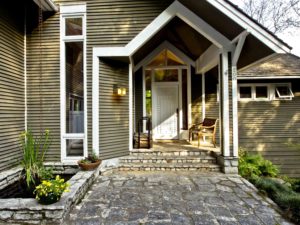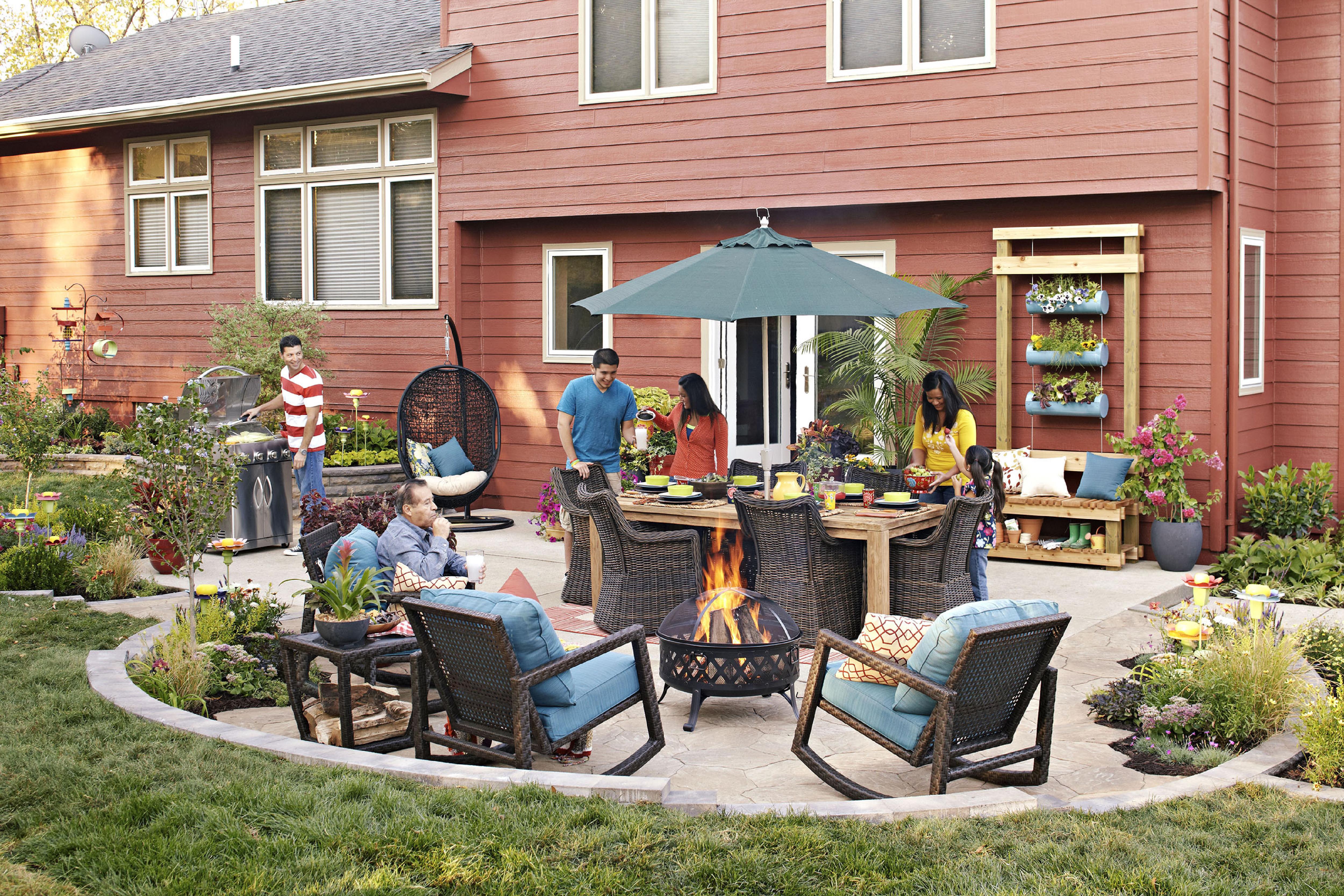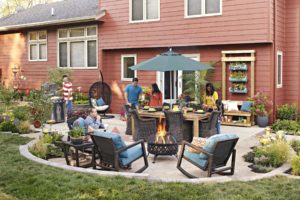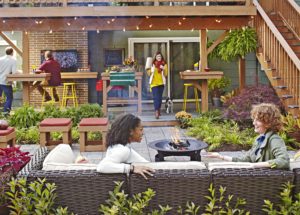 (BPT) – If current design trends are any indication, wood siding is back. Design professionals are recommending one species in particular: cypress. What’s behind this revival of cypress siding?
(BPT) – If current design trends are any indication, wood siding is back. Design professionals are recommending one species in particular: cypress. What’s behind this revival of cypress siding?
“Good looks, dependable performance and affordability,” says Stephen Logue of the Southern Cypress Manufacturers Association, www.CypressInfo.org. “Cypress has a unique appearance with its honey-like hues and intriguing grain pattern. Its ability to withstand the elements and nature has long made it a favorite siding material in areas of the country that experience constant heat, high humidity and torrential rains. Additionally, cypress is a competitively priced material. We see it being requested more and more.”
Architects Side With Cypress: Take It From the Pros
Atlanta-based architect Daniel Martin says he recommends cypress to clients based on his firsthand experience with the unique wood.
“The performance is great,” Martin says. “I’ve had cypress siding on my own home for more than 20 years, and I’ve only had to repaint it once in that time. One of the main reasons I recommend cypress is because it’s resistant to decay, as well as insects like termites and bees. Carpenter bees love some other species of wood, such as cedar. They’ll bore in and lay their eggs, and then woodpeckers come along and gouge out grooves to get to the eggs, destroying the wood. That’s not an issue with cypress.”
As Martin has learned, cypress comes by its durability naturally, thanks to an oil that is produced while the tree is growing. The oil acts as a preservative, meaning cypress wood doesn’t need to be pressure treated with chemicals like some other wood siding options.
David and Laurel Mullikin, a husband-and-wife design/build duo in Atlanta, say they use cypress regularly in outdoor applications.
“We’ve designed some of our best projects with cypress,” Laurel says. “It’s one of our favorite species of wood to use. In fact, we’re currently designing our own new home. We are incorporating cypress as the ceilings for our porches, adding a lot of aesthetic warmth to a part of the house many people overlook. And we’re using cypress siding and finishing it with the Shou Sugi Ban method, which involves charring the surface of the wood and then sanding and sealing it. The process not only provides a unique look to an already beautiful wood, but also enhances its natural durability.”
For the Best Performance
As with any wood siding, cypress will require a little TLC every now and then to look and perform best. With properly applied finishes and regular maintenance, cypress siding will last a lifetime or longer.
Whether installing new cypress siding or refreshing existing wood, the first step is to make sure its surface is clean so that it can better absorb the desired finish. Wash the wood with a mild bleach-and-water solution, using a pressure washer on a low setting. Let the solution soak for 15 minutes before thoroughly rinsing. Then, allow the wood to dry for about a week. This also is a good time to repair any nail holes and surface irregularities.
Homeowners who prefer cypress’ natural color can preserve the look by applying a clear, water-repellant sealer to all sides and edges of siding boards. It’s also suggested to look for products with a UV inhibitor to block out the sun’s fading rays. Sealers should be reapplied every few years to rejuvenate and protect the wood. If left untreated, over time, cypress will weather to a dark gray.
To bring out the richness of cypress’ grain, semi-transparent, oil-based stains work best. These stains will penetrate the wood, prevent water problems and allow the wood to breathe. Stains typically need to be reapplied every two years.
If you like the clean look of a solid finish, paint it. For best results, apply a 100 percent acrylic latex paint with a compatible primer. It’s also recommended to back prime the boards to avoid any potential moisture issues.
No matter your chosen finish, remember to follow the manufacturer’s instructions for best results. For more information on cypress, or to get inspired for your next home or renovation project, visit www.CypressInfo.org.








